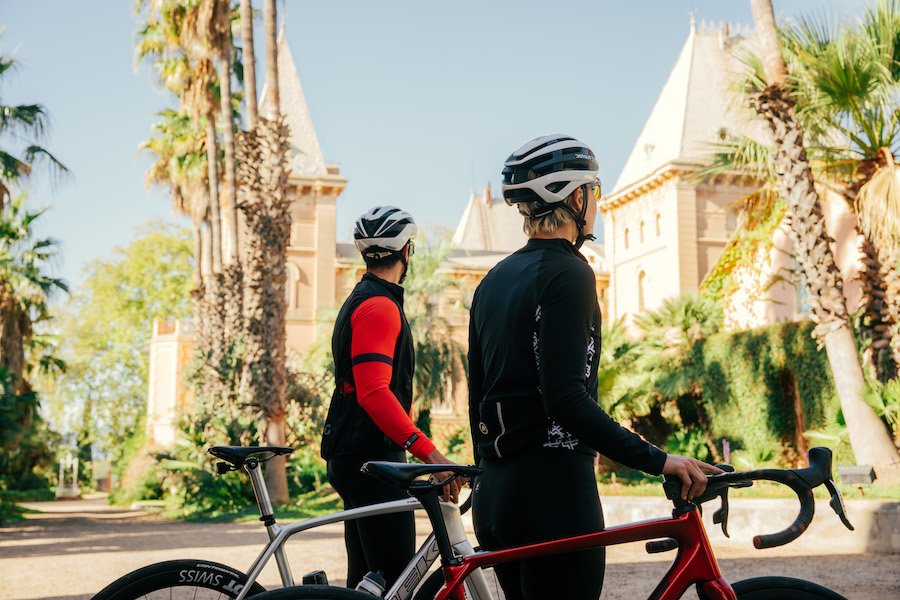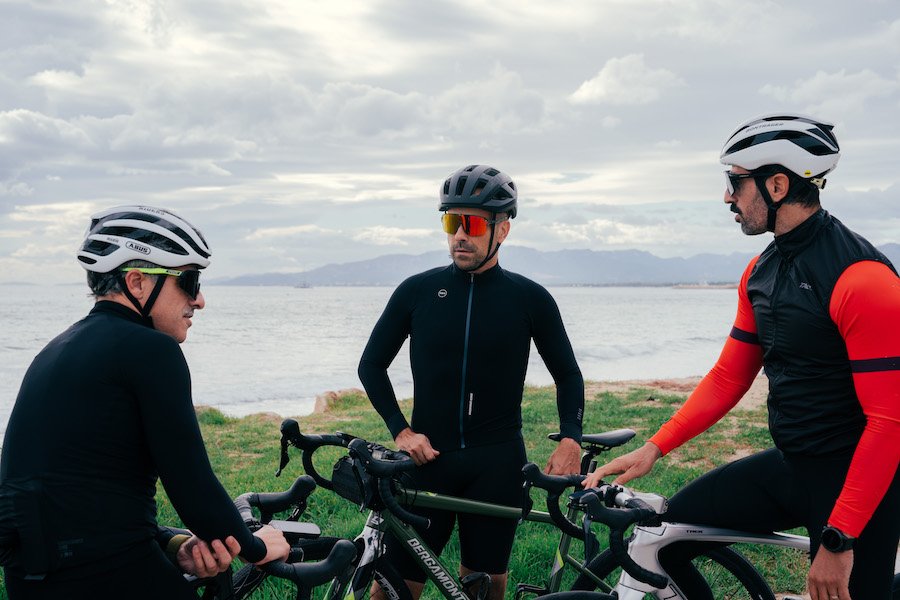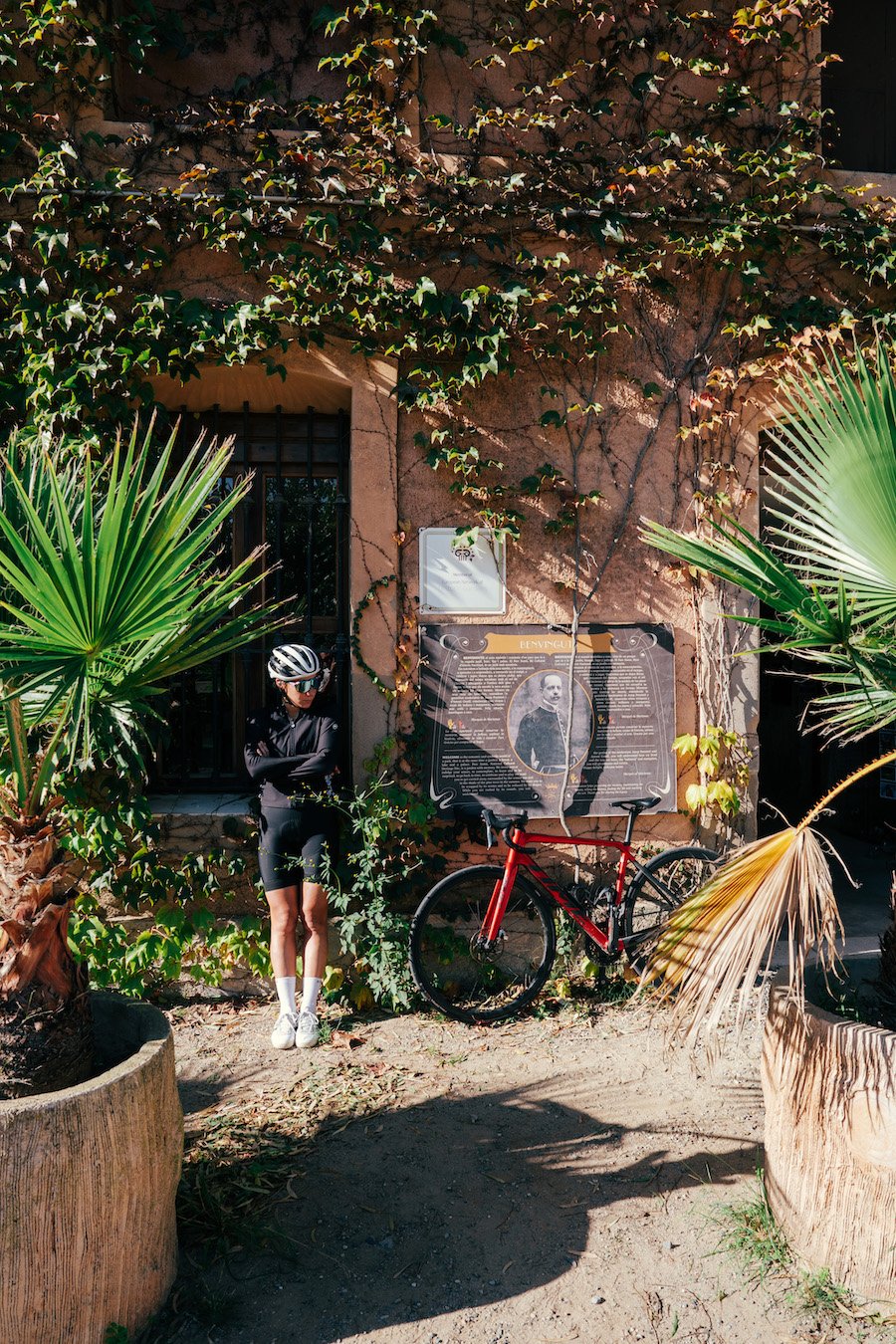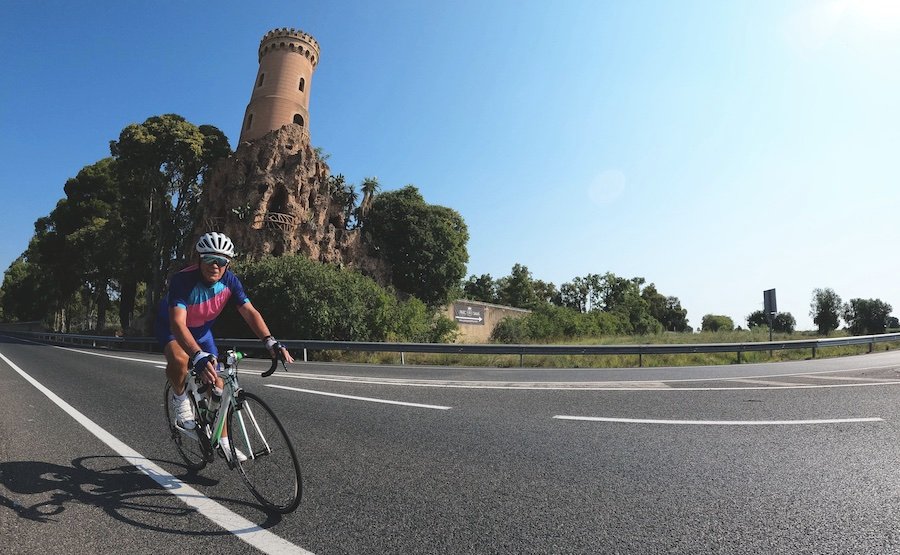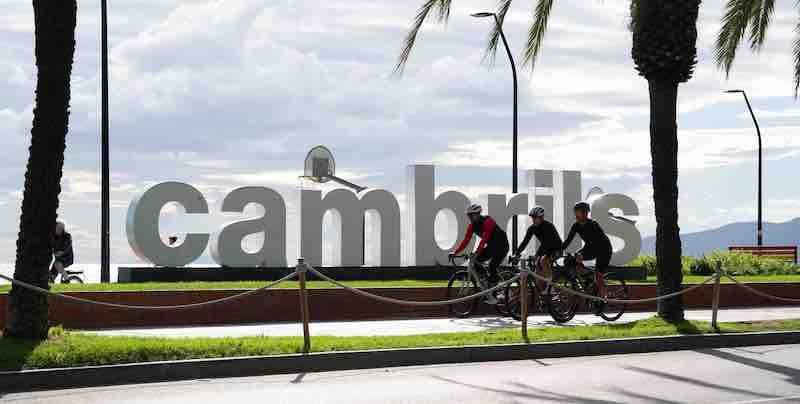Sylvain lives in Quebec, Canada, but he always thought about those days when he could take his bike and ride around Cambrils. For him, cycling wasn’t just a sport to stay in shape, but a way to take care of his health in retirement.
He considered himself an average cyclist and estimated he rode about 7,000 kilometers a year . “I rode my bike for pure pleasure,” he said, and what motivated him most was tackling the mountains surrounding Cambrils. He had discovered Cambrils a few years after cycling through the Serra de Tramuntana in Mallorca, where he had spent six years exploring the island. He needed a change, and although his friends in Quebec spoke to him about Denia and Cambrils, when he tried Cambrils four years ago, he kept coming back.
On the other hand, there was Joris, a Belgian who came from a place where cycling was much more than a sport, almost a religion. He defined himself as “something competitive but with good vibes” and claimed that every good bike ride ended with a beer with friends.
Joris discovered Cambrils more than ten years ago . From his first visit, he was hooked on cycling and exploring the area. “I wasn’t one of those people who spent all day on the beach,” he said. “My first route was through the Serra de Llaberia, and I instantly fell in love.” 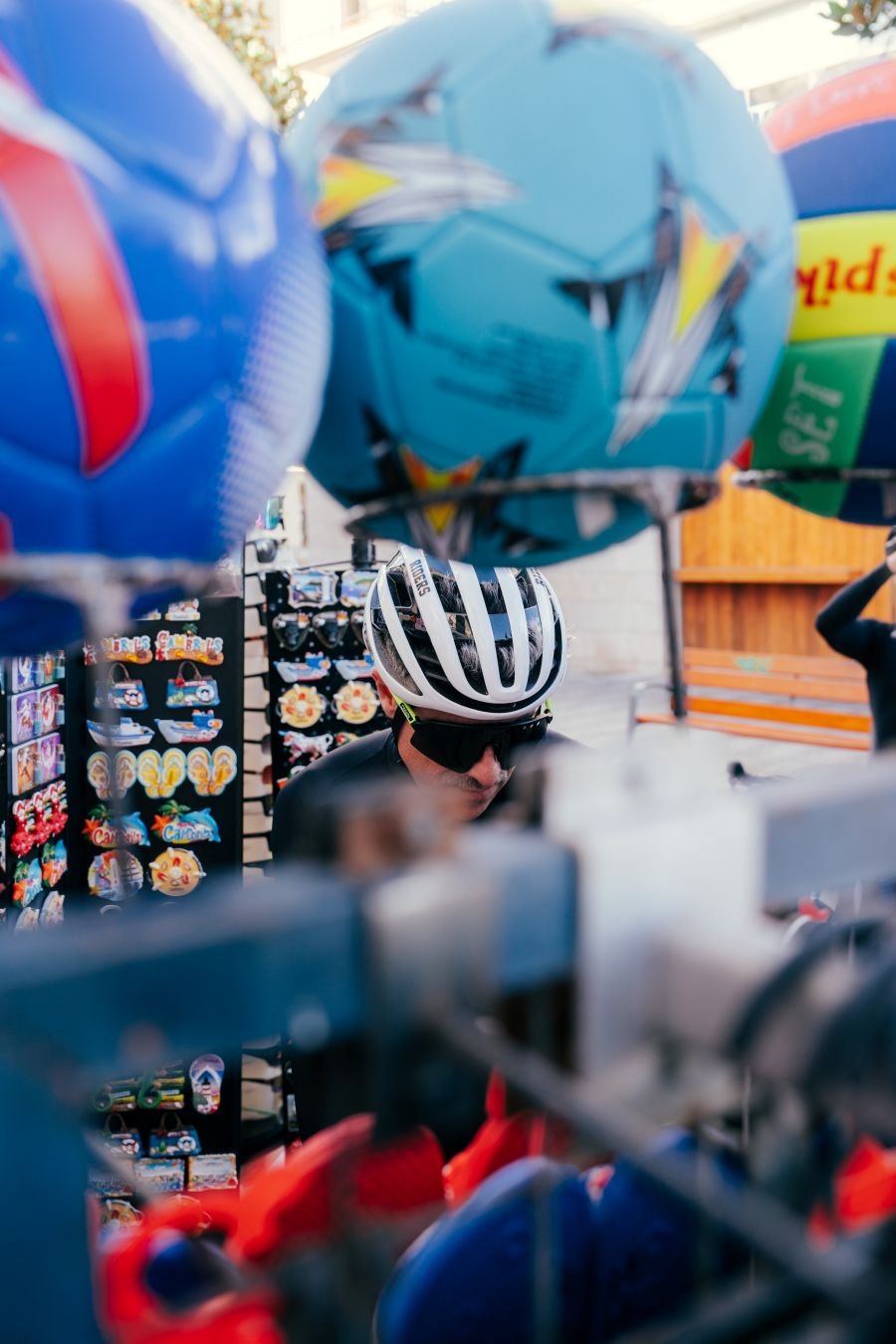 So much so that he ended up buying a holiday home there and visiting several times a year, organizing get-togethers with cycling friends to ride together.”
So much so that he ended up buying a holiday home there and visiting several times a year, organizing get-togethers with cycling friends to ride together.”
When asked why he chose Cambrils for cycling, Sylvain replied that the Costa Daurada, and especially Cambrils and its surroundings, offered routes for all levels, with safe roads and drivers who were respectful of cyclists .
Joris added that the weather was also a strong point: although some days dawned windy, that wasn’t a problem. You could ride easy routes on the flat or seek out tougher climbs inland, and you always crossed paths with other cyclists, which meant you never felt alone.
Sylvain remembered that cycling through vineyards, almond trees, and orange groves connected you with nature . And after the route, there was nothing better than a good wine and delicious food. “Going out into the town, trying tapas, meeting people, and visiting their shops full of history was something I enjoyed every year.”
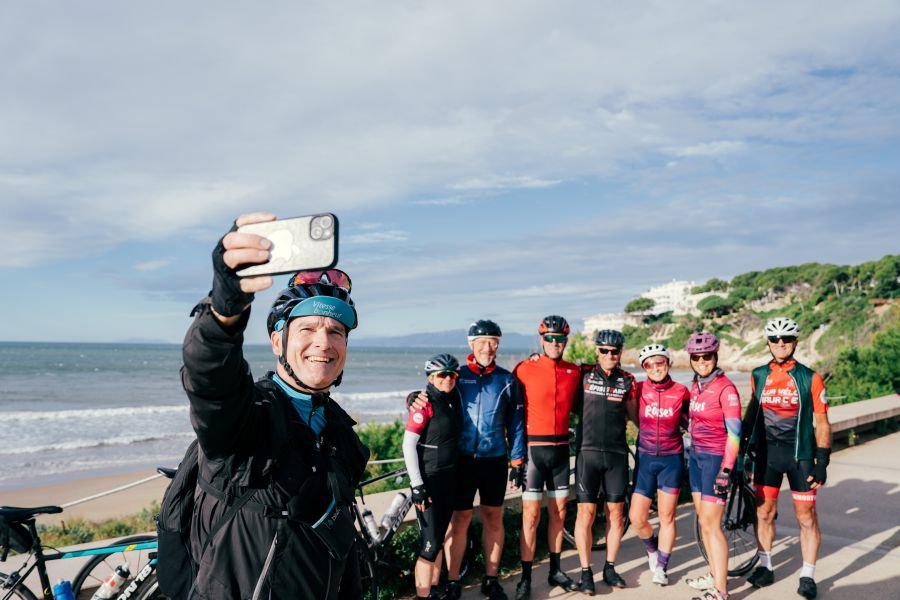
Regarding the seasons, he said spring and autumn were perfect for cycling. “The first six kilometers out of Cambrils can be a bit tough, but then come the climbs that really get you going.”
As for routes, Sylvain had several favorites starting and finishing in Cambrils, always with alternatives depending on his current physical condition:
-
Coldejou, Marca, Falset, Porrera and return through Teixeta (77 km and 1226 meters)
-
Llaberia round trip via Camí de Pratdip (85 km and 1378 metres) or with the option to Hospitalet (82 km and 1211 metres)
-
Escornalbou: Vinyols, Ruidoms, Montbrió, Villanova, Escornalbou Castle, Argentera and return through Montbrió (60 km and 800 meters)
-
Vinyols, Ruidoms, Les Borges, Maspujols, Alexia’s, Villaplana, Mussara and return through Alforja (77 km and 1256 meters)
-
Climb to Teixeta and pass to Porrera, with return via Falset and Colldejou
-
Vinyols, Ruidoms, Alforja, Portugal, Selva and return through Reus (62 km and 830 meters)
-
Montroig, Coldejou, Marca, El Masroig, El Molar, El Lloar, Grataloops, Torroja del Priorat, Porrera and return through Teixeta (105 km and 1900 meters)
-
Pratdip, C44, Tivissa, Serra d’Almos, Darmos, El Masroig, Marca and return via Colldejou (102 km and 1614 meters)
-
Vinyols, Ruidoms, N420 to the roundabout towards Alexia’r, Villaplana, Selva, L’Albiol, crossing Mussara and returning to Alforja (94 km and 1428 meters)
Sylvain only had good things to say about Cambrils: its routes, the safety of the roads, the low traffic and the kindness of the people , who were always willing to lend a hand if you had any problems.
Joris concluded with a touch of mystery: “I would recommend it to other cyclists, but I’d like to keep this gem to myself, so it doesn’t get crowded…”
